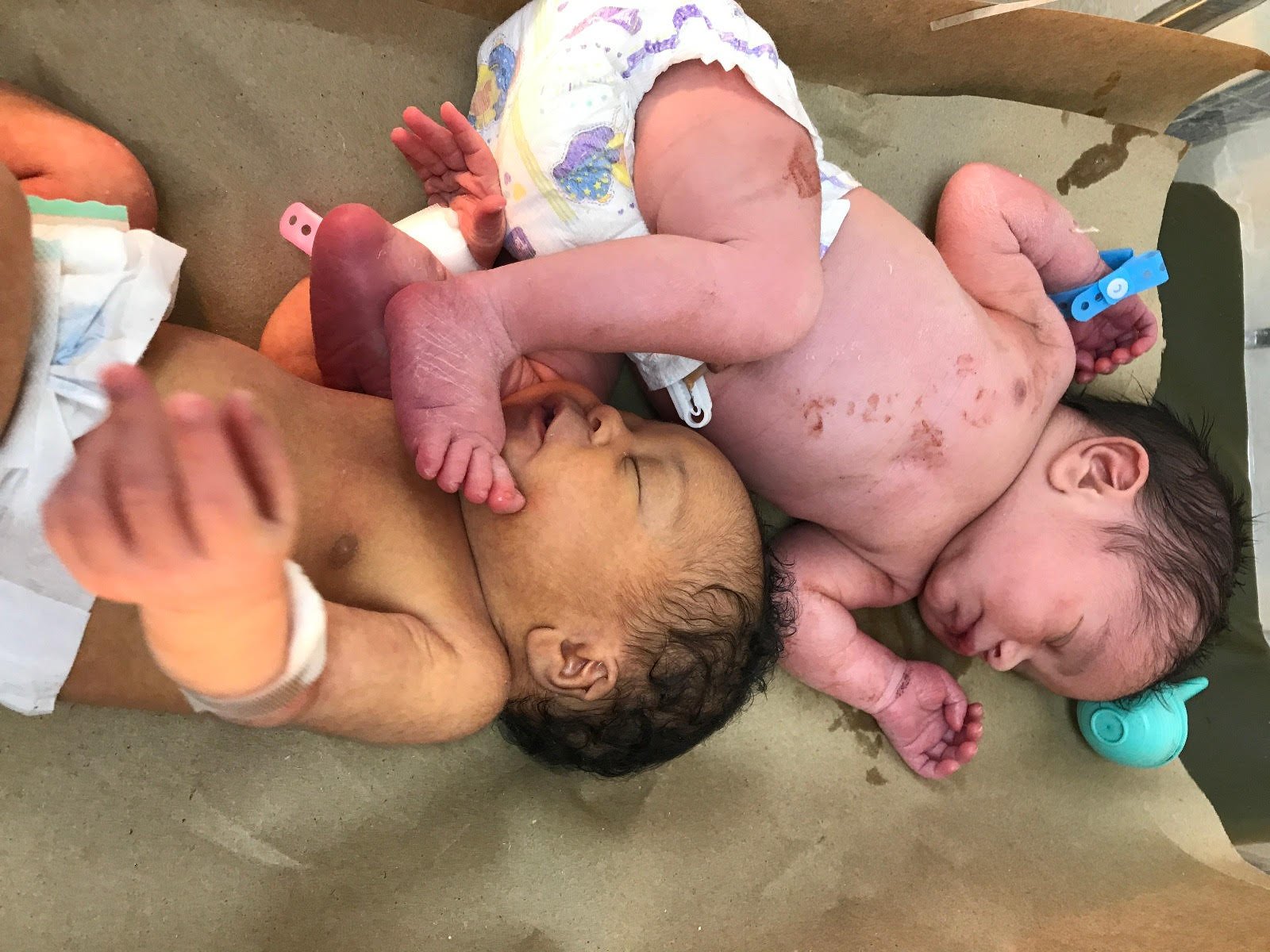
Prevention of Kernicterus
Proposal for identification of newborns at risk for Kernicterus
The Problem
General
There are 178,000 babies born in the Dominican Republic every year. Over 80 % are born in the public sector that is free of charge but has many challenges.
These population is every year increased by foreign born Mothers with no or poor or no prenatal care. Around 14 % of babies are born premature and of teen age mothers. Our mortality in high in both mothers and babies specially in the first week of life as in all developing Countries. We are a middle income Country and do not qualify for funds from Global donors and have to come up with our own solutions and economical resources. The Government investment in health is only 3% of the GDP. And Public Health Care is given free but is very expensive. Many NGO’s help and do an excellent job that we as Dominican have to take over at some point.
Jaundice and Kernicterus
There are no statistics that show the impact of these problems as around 3 ml of blood is needed for the determination of the bilirubin. Also there is little awareness of the problem of jaundice in newborns (which is mostly noted only by eye inspection) and the damage of bilirubin in newborns specially the premature ones. We must first demonstrate the magnitude of the problem. Also many “ healthy babies “are discharged in the first 6 to 8 hours of age and no provision is made to detect jaundice , only if baby looks jaundiced for the mother , that baby is brought to the Hospital and probably by that time precious hours have been lost and damage to the brain is set already.
Plan
Our intention is to demonstrate the magnitude of the problem and create a strategy of early detection of jaundice and prevention of kernicterus in the population of babies that are born in the Dominican Republic and eventually in Haiti.
Method
We will start with two main Maternity Centers. The largest in the Dominican Republic: Maternidad La Altagracia of the capital city of Santo Domingo with an average of 40 to 60 deliveries every day and the Hospital Materno infantil Universitario Jaime Mota of the South west city of Barahona with an average of 30 deliveries a day.
We will enroll all of the babies born in a period of time and do at least one capillary determination of serum bilirubin by the bili stick method. At the same time we will be doing a transcutaneous test to every one of these babies if the method is available. If we obtain the biliruler we will be able to do such a determination at the same time. Premature babies will have two determinations in the first 3 days of life.
Full term babies will have a determination by transcutaneous test or biliruler before discharge and if noted to be in medium or high risk zone as per the AAP Guidelines of Hyperbilirrubinemia, will have a Serum Bili test and a clinical decision will be made as to need for phototherapy or to come in 24 to 48 hours for a retest on bilirubin with these same guidelines. A serum sample by the lab will be done as clinically indicated by the attending physician of the baby.
We expect to have 20 serum samples every day: 600 samples a month in La Altagracia Hospital and 300 samples a month in The Barahona Hospital for two months and reevaluate final results, strategy and cost. Daily or weekly results will be available for the study coordinators and Investigators.
Budget
Please help us start this program of care and develop a system of testing and referral for treatment so that we can decrease the possibility of Kernicterus and deafness in our newborn babies.
